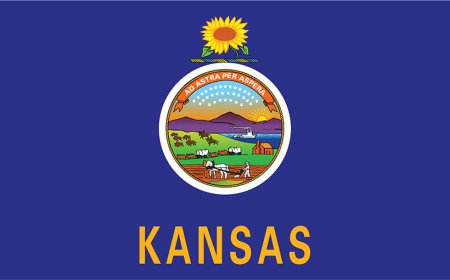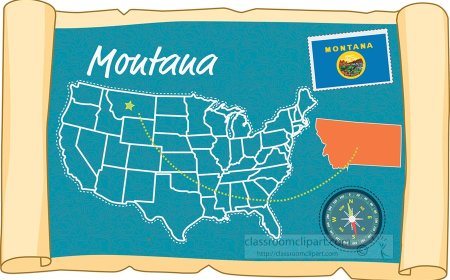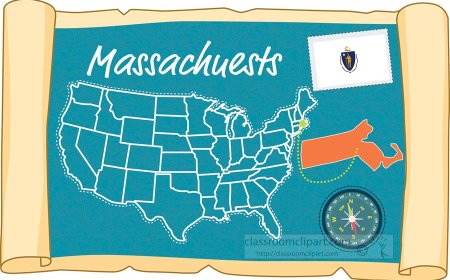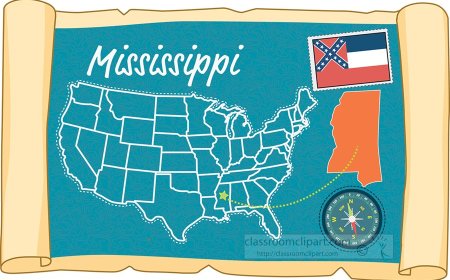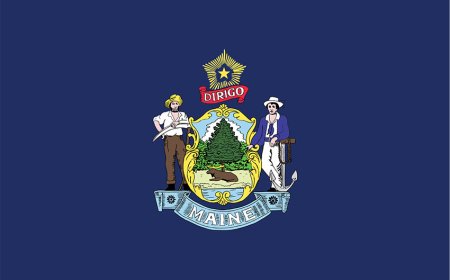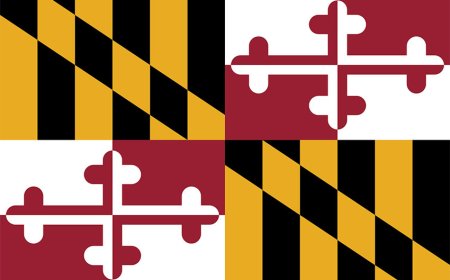Alaska State Encyclopedia Article Facts History and Quiz
Explore Alaska’s geography history culture landmarks and take our quiz in this comprehensive encyclopedia article about the Last Frontier.

Introduction
Alaska, the largest state in the U.S., occupies the far northwest corner of North America. Known as “The Last Frontier,” it boasts vast wilderness, towering mountains, and a rich tapestry of Indigenous cultures. Purchased from Russia in 1867, Alaska became the 49th state in 1959, and today its natural resources, wildlife, and unique way of life continue to captivate adventurers and scholars alike.
Quick Fact Box
- Statehood: January 3, 1959 (49th state)
- Capital: Juneau (only U.S. capital inaccessible by road)
- Largest City: Anchorage
- Nickname: The Last Frontier
- Motto: North to the Future
- Area: 663,268 mi² (largest)
- Population: ~731,000 (2020 census)
- Highest Point: Denali (20,310 ft)
- Lowest Point: Sea level (Arctic and Pacific coasts)
- State Bird: Willow Ptarmigan
- State Flower: Alpine Forget-Me-Not
- State Tree: Sitka Spruce
Where in the USA
Alaska lies separated from the contiguous United States by Canada’s Yukon and British Columbia. It shares maritime borders with Russia across the Bering Strait to the west. The state spans a range of climates and geographies, from the Arctic tundra in the north to temperate rainforests in the southeast Panhandle.
Landmarks and Attractions
Denali National Park centers on North America’s highest peak, Denali, drawing climbers and wildlife watchers who seek grizzly bears, moose, and caribou. The Inside Passage’s coastal communities like Ketchikan and Skagway welcome cruise ship visitors to mist-shrouded fjords and historic gold-rush towns. Glacier Bay National Park showcases tidewater glaciers carving into deep blue waters, while the remote Arctic National Wildlife Refuge protects polar bears and migratory birds above the Arctic Circle.
State Symbols & Emblems
The willow ptarmigan, which changes plumage seasonally, represents adaptability in harsh climates. The alpine forget-me-not’s delicate blue flowers bloom briefly in tundra meadows. Sitka spruce, a towering conifer found along the southern coast, symbolizes the state’s vast forested regions. Alaska’s flag, with eight gold stars on a dark blue field, depicts the Big Dipper and North Star, guiding pioneers northward.
People, Culture & Economy
Alaska’s Indigenous peoples—Inupiat, Yup’ik, Tlingit, Haida, and others—maintain languages, arts, and subsistence traditions such as fishing, hunting, and berry gathering. Modern industries include oil and gas extraction on the North Slope, commercial fishing in the Bering Sea, and tourism. Seasonal festivals celebrate Native dance, dog mushing, and the midnight sun, blending heritage with contemporary culture.
Famous People from the State
- Elizabeth Peratrovich: Tlingit civil-rights leader whose activism led to Alaska’s anti-discrimination law in 1945
- Carl Ben Eielson: Aviation pioneer who opened up Alaska’s skies in the 1920s
- Sarah Palin: Former Anchorage mayor and Alaska’s first female governor
- Diamond Tooth Gertie (Granny Dugan): Legendary Klondike gambler and entertainer in Skagway
- Charles Brower: Entrepreneur who founded Arctic Circle restaurant chain
Climate, Ecosystems & Conservation
Alaska’s northern regions experience polar climate with long, frigid winters and brief summers. Interior Alaska has extreme temperature swings, from −80 °F in winter to 90 °F in summer. Coastal areas are moderated by ocean currents, resulting in temperate rainforests in the southeast. Conservation efforts focus on preserving salmon streams, Old-Growth forests, and migratory bird habitat, as well as monitoring climate impacts on permafrost and sea ice.
Government, Education & Everyday Life
Alaska’s government is led by a governor and a unicameral legislature in Juneau. The University of Alaska system—with campuses in Fairbanks, Anchorage, and Southeast—supports research in Arctic biology, petroleum engineering, and Indigenous studies. Everyday life often involves remote travel by bush plane, reliance on subsistence hunting, community potlatches, and adapting to extremes of daylight—24 hours of sun in summer, total darkness in winter at high latitudes.
Fun Facts
- Alaska has over 3 million lakes and more shoreline than all other U.S. states combined.
- The Iditarod Trail Sled Dog Race covers nearly 1,000 miles from Anchorage to Nome.
- Barrow (Utqiaġvik) is the northernmost U.S. town, with polar night from November to January.
- Alaska’s official sport is dog mushing.
- More than half of Alaska’s land is owned by the federal government.
Vocabulary Words
- Tundra: A treeless Arctic region where the ground is frozen year-round (permafrost).
- Permafrost: Soil or rock that remains frozen for at least two consecutive years.
- Fjord: A narrow inlet with steep sides or cliffs, created by glacial erosion.
- Subsistence: Living by hunting, fishing, and gathering rather than purchasing all food.
- Potlatch: A ceremonial feast among Indigenous peoples involving gift-giving and dance.


















































